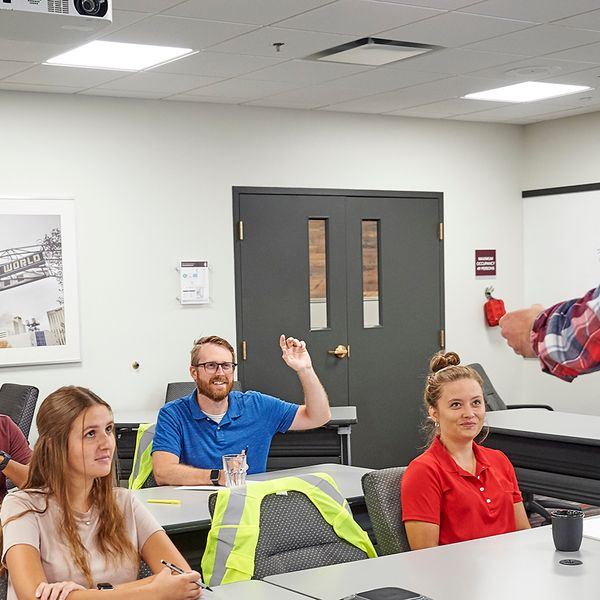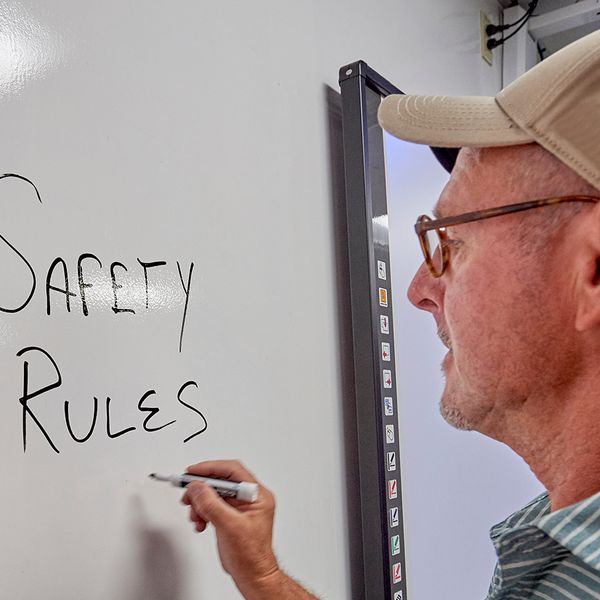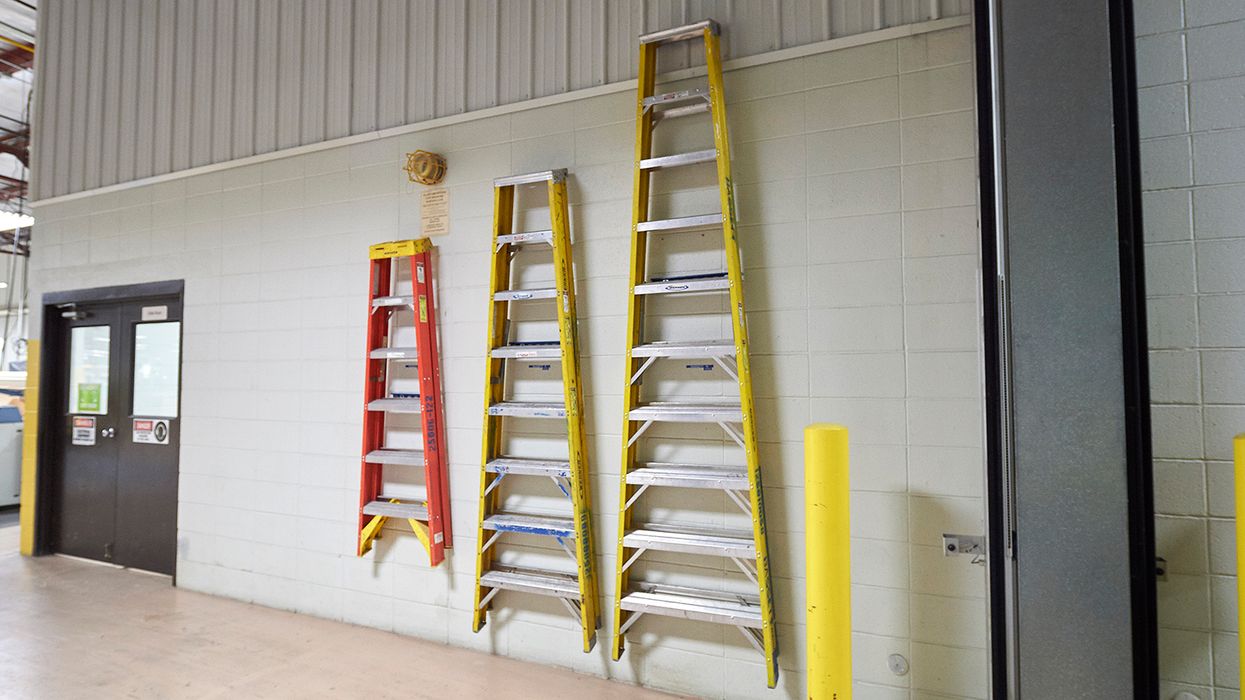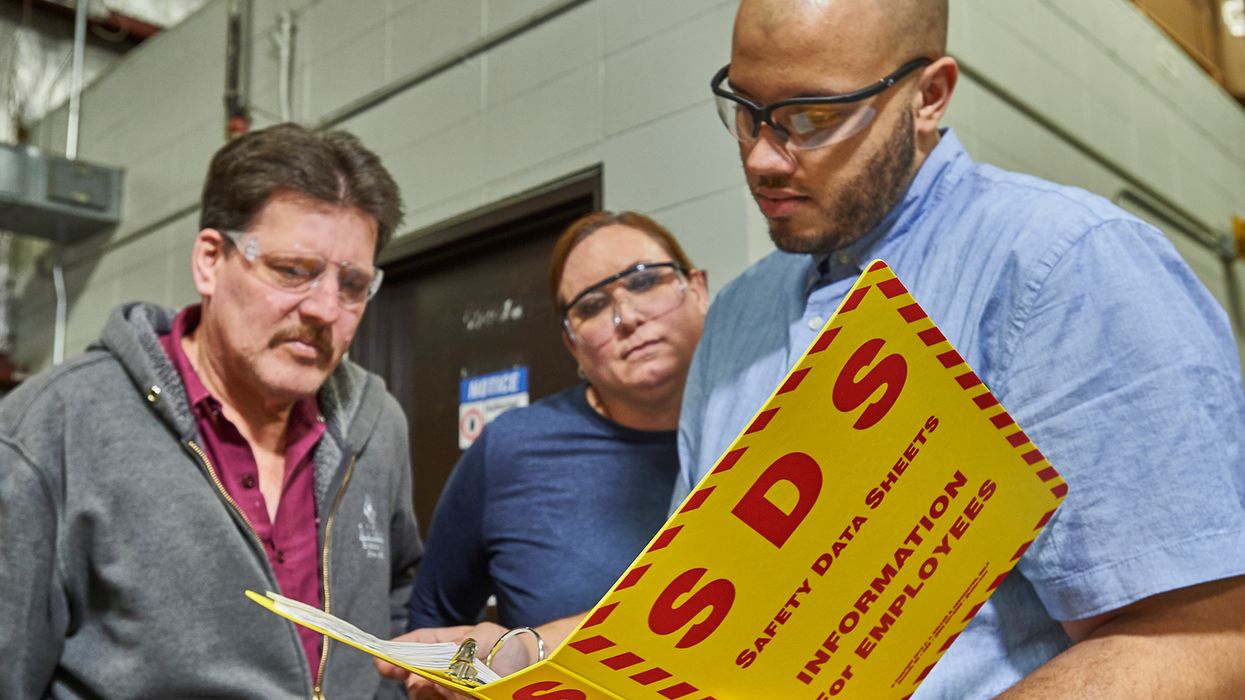To improve safety culture, focus on employees’ experiences
Many safety professionals struggle to increase safety culture and employee engagement. Part of the challenge is focusing on changing results rather than focusing on the employees’ experiences and perceptions that drive their choices.
Authors Roger Connors and Tom Smith introduced the Results Pyramid in the book, “Change the Culture, Change the Game.” The concept is that experiences drive beliefs, and beliefs drive actions. Finally, actions drive results (the top of the pyramid). Employers that want to change the results should focus on changing the experiences and beliefs at the base of the pyramid.
Changing employees’ beliefs won’t happen quickly. Most people try to fit a new experience into their pre-conceived ideas. Beliefs developed over many years do not change based on a handful of experiences. However, simply telling employees to make different choices may not effectively drive change if the employees’ experiences don’t support the new behaviors.
In short, the results pyramid suggests that employers identify which employee actions would drive the desired results, then determine what experiences and beliefs they can foster to encourage those actions.
Company culture is built on employees’ experiences because that provides the motivation for their actions (and therefore their results). For example, if the employer emphasizes production, then employees will act in ways that deliver maximum productivity.
Reactions affect experiences
Arguably, the results pyramid could be a circle because a company’s reactions to results also affect the employees’ experiences. A positive outcome that is met with praise creates an experience that employers hope will encourage desired behaviors in the future. Similarly, a negative outcome that results in discipline creates an experience intended to discourage certain behaviors.
As noted, people usually don’t change their beliefs based on a handful of experiences. Repetition is often necessary, but if that does not change results (like giving repeated warnings), employers should try a different approach. Remember that employee actions are a product of their experiences and beliefs. For related information, see our article, Poor attitude is a symptom, not a cause of non-compliance.
Understanding how management affects that decision-making can help employers attain the desired results. Telling employees what to do attempts to influence their actions, but employees may follow their beliefs rather than their instructions, based on what they think the company expects from them.
A different approach
Recognizing this can help employers focus their communication to change the beliefs that drive employee actions. If employees believe that safety is a lower priority than production, that will impact their decision-making and actions.
Trying to change employee actions by telling them what to do can be effective if the instructions do not contradict their beliefs. For example, providing instruction in areas where employees have no experience (like how to operate a forklift) should be effective. However, if a forklift operator’s future experiences create a belief that speed is a top priority, the operator may take safety shortcuts to get work done faster. At that point, telling the operator to slow down probably won’t be effective because it conflicts with the operator’s experience and beliefs. Only by creating new experiences and changing those beliefs will the operator start to behave differently.
Key to remember: Employees experiences create their perceptions of what they believe their employer expects, and they may ignore instructions that conflict with those experiences.

































































